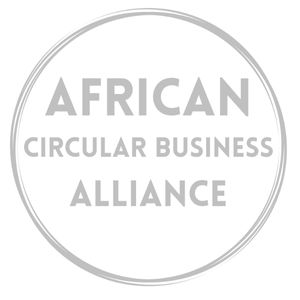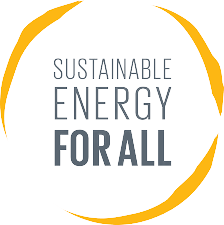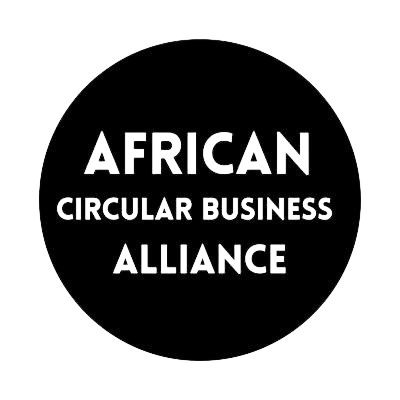AFRICAN CIRCULAR BUSINESS ALLIANCE
Waste To Energy
Anaerobic Digestion
program IN AFRICA
AFRICAN CIRCULAR BUSINESS ALLIANCE
Waste To Energy
Anaerobic Disgestion
PROGRAM IN AFRICA
The prevalent issue of inadequate waste management in Africa poses a significant environmental and health challenge, with the open burning of waste contributing to air pollution and the release of harmful greenhouse gases. In particular, major cities across Africa grapple with limited access to proper waste disposal methods, relying heavily on uncontrolled landfills where up to 90% of waste is openly dumped and burned. This not only jeopardizes the well-being of their residents due to hazardous air quality but also contributes substantially to global methane emissions, ranking as the third-largest anthropogenic source. The urgency of addressing this problem is further underscored by the potential environmental and economic benefits offered by Waste-to-Energy (WtE) technology, specifically through Anaerobic Digestion (AD).
Implementing Anaerobic Digestion programs can mitigate the adverse impacts of open burning, promoting a sustainable solution to waste management in Africa. This technology has the potential to transform organic waste into biogas, and by-products such as biofuel (biomethane), and biofertilizers (digestate), providing a renewable energy source while simultaneously reducing the volume of waste in landfills and global greenhouse gas emissions. However, the successful adoption of Anaerobic Digestion faces various barriers, including limited technology infrastructure and knowledge, inadequate policies, and a lack of awareness. Addressing these challenges is imperative to unlock the full potential of Waste-to-Energy, contributing not only to environmental preservation but also fostering economic prosperity through sustainable energy production and efficient waste management practices.
Opportunities in Africa
- Renewable Energy Generation:
- Reduces reliance on fossil fuels: Anaerobic digestion produces biogas, a clean-burning fuel source that can be used for electricity generation, heat, and gas grid, displacing the need for fossil fuels and enhancing energy security.
- Contributes to climate change mitigation: Biogas combustion releases fewer greenhouse gasses compared to traditional fossil fuels, contributing to national and international climate change mitigation efforts.
- Improved Waste Management:
- Reduces waste going to landfills: Anaerobic digesters process organic waste, diverting it from landfills and reducing associated environmental and health problems like methane emissions and leachate contamination.
- Creates valuable byproducts: The digestion process also generates digestate, a nutrient-rich fertilizer that can improve soil fertility and crop yields. Additionally, biomethane, a type of biofuel produced during the process, can be used in heavy-duty trucks and buses as a cleaner alternative to traditional fuels
- Socioeconomic Benefits:
- Job creation: Construction, operation, and maintenance of anaerobic digestion plants create new employment opportunities within local communities.
- Improved public health: Effective waste management through anaerobic digestion can improve public health by reducing exposure to harmful pathogens and pollutants associated with landfills.
- Sustainable Development:
- Promotes a circular economy: By transforming waste into valuable resources like energy and fertilizer, anaerobic digestion fosters a circular economy that minimizes waste and promotes resource recovery.
- Enhances energy independence: By generating renewable energy from local waste sources, African nations can reduce dependence on imported fossil fuels and enhance energy independence.

Global Statistics on Anaerobic Digestion (AD)
Global biogas production reached 87,500 GWh in 2016, a 90% increase from 2010 (source).
The United States remains the leader in total biogas production, primarily driven by 75% landfill gas (source).
India has an estimated potential for biogas production in 2040 of 310 to 655 billion m3/year (source).
China boasts 26.5 million AD plants, primarily focused on sewage treatment (source).
As of 2015, global biogas capacity reached 15 GW, with the EU alone contributing over 10 GW in 2017 (source).
Europe leads in AD electricity production with 17,783 plants and over 10 GW of installed capacity (source).
Articles & Reports

- Download PDF
- Read on Website

- Download PDF
- Read on Website

- Download PDF
- Read on Website
Program LOCATIONS
Lagos, Nigeria
PHASE 1
Program Title:
Program Year: 2024/2025
Program Objectives:
Program Implemention: African Circular Business Alliance (ACBA)
Program Partners: ACBA, U.S. Department of State, LAMATA, LASMA, University of Johannerburg, ACBA Energy
Funding Support: U.S Department of State
Program Reports: Feasibility Study, Techno-Economic Analysis, Film Documentary, Monitoring & Evaluation Report
Press Release: Release 1, Release 2, Release 3
PHASE 2
Program Title: Construction of WtE- Anaerobic Digestion Plant in Lagos, Nigeria
Program Year: 2025/2026
Program Objectives:
Program Implemention: ACBA Energy, African Circular Business Alliance (ACBA)
Program Partners:
Program Reports: Feasibility Study, Techno-Economic Analysis, Film Documentary, Monitoring & Evaluation Report
Press Releases: Release 1, Release 2, Release 3
PROJECT PARTNERS

Place Holder
CEO, African Circular Business Alliance

Place Holder
CEO, African Circular Business Alliance




Place Holder
African Circular Business Alliance

Place Holder
African Circular Business Alliance

Place Holder
African Circular Business Alliance




